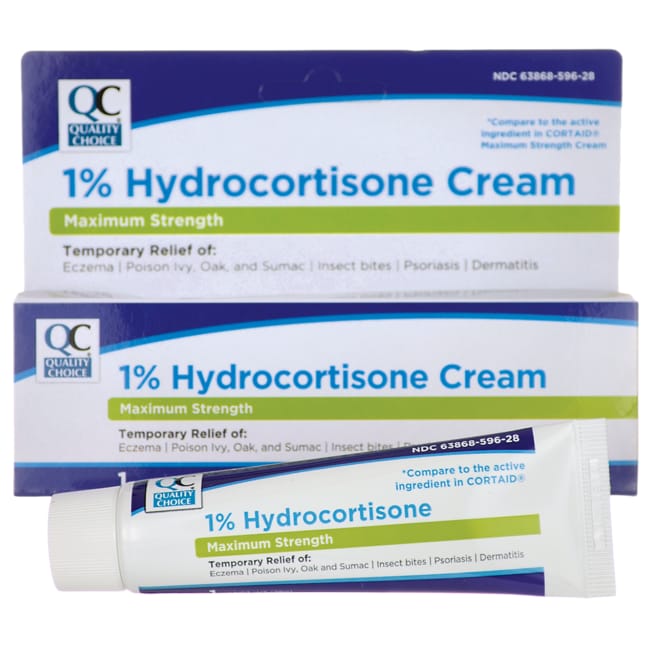

Whether or not hydrocortisone should be available on a nonprescription basis was debated by the American Academy of Dermatology in 19. 5 This amendment was finalized, and patients were able to benefit from the enhanced efficacy of the 1% products. A 1990 Notice of Proposed Rulemaking alerted the nation’s health care professionals that the agency would allow the stronger concentration to be marketed if correctly labeled. In the late 1980s, the FDA received a citizen’s petition to allow hydrocortisone 1% to gain nonprescription status. 3 In just 2 years, this move saved patients as much as $600 million in medical costs. Based on this report, the FDA allowed OTC sales to proceed.
#Hydrocort cream used for skin#
Addressing a matter of paramount concern to the FDA in its negative 1956 decision, the panel concluded on the basis of current research that hydrocortisone did not cause hypothalamus-pituitary-adrenal (HPA) axis suppression in patients with chronic skin disease. The experts concluded that hydro cortisone 0.25% to 0.5% and its acetate salt would be safe and effective for use as nonprescription antipruritics. In 1979, the FDA published the results of its deliberations in the Federal Register as “External Analgesic Drug Products for Over-the-Counter Human Use Establishment of a Monograph and Notice of Proposed Rulemaking.” 2 This groundbreaking document was the first to extensively explore potential self-care uses of hydrocortisone. 2 The panel was composed of six physicians and a pharmacist/PhD who was serving as dean of a school of pharmacy. The Advisory Panel on Topical Analgesic, Antirheumatic, Otic, Burn, and Sunburn Prevention and Treatment Drug Products (the Topical/External Analgesics Panel) began meeting in 1973, and through 70 subsequent meeting days considered hydrocortisone (acetate) and other ingredients. In 1979, the FDA OTC review process was ongoing.

Second, the agency was concerned about percutaneous absorption. First, there was insufficient evidence that consumers could safely self-medicate with hydrocortisone. According to the agency, two factors were critical in denying the petition. 1 In 1956, the FDA was petitioned to switch hydrocortisone to nonprescription status. Hydrocortisone was first marketed as a prescription medication in 1952. How was hydrocortisone judged safe enough for consumer self-use? 1,2 It marked the first time that a corticosteroid had been judged sufficiently safe for use without a physician’s supervision. The introduction of hydrocortisone to the nonprescription market in 1979 was a revolutionary move by the FDA.


 0 kommentar(er)
0 kommentar(er)
